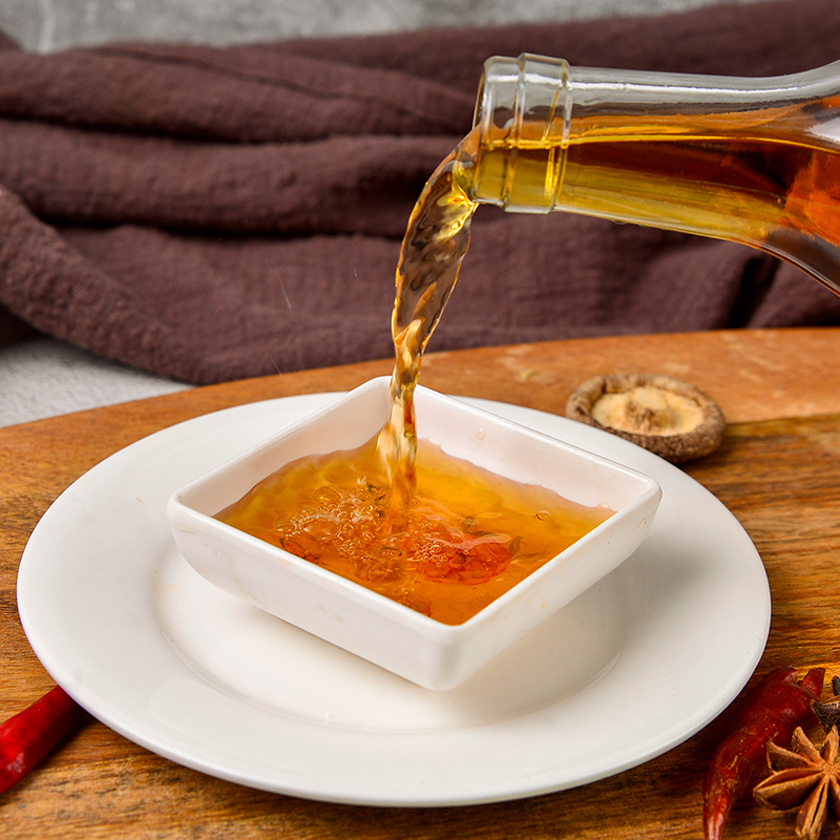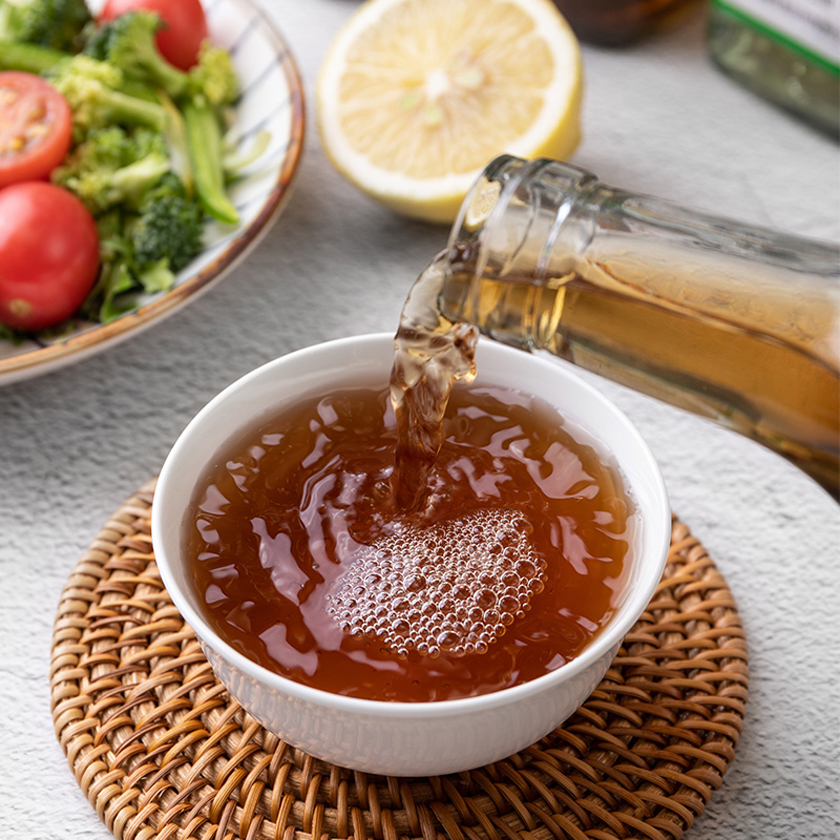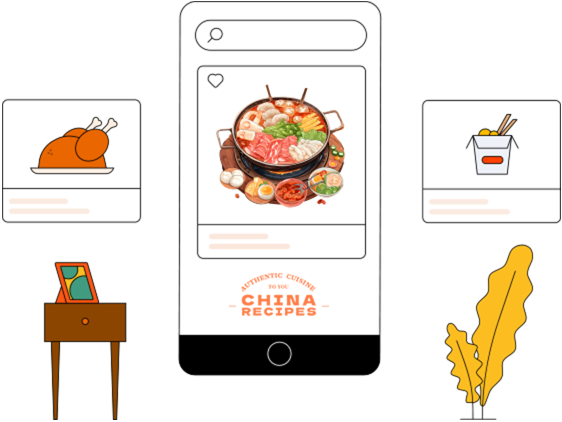Is Cooking Wine the Same as Shaoxing Wine? Key Differences Explained

I'm often asked the question: "Are cooking wine and Shaoxing wine the same thing?" Today, let's thoroughly clarify the differences and connections between the two, and delve deep into their wonderful uses in the kitchen!
Are Cooking Wine and Shaoxing Wine the Same?
Cooking wine and Shaoxing wine cannot be simply equated.
Shaoxing wine has a long history and is an outstanding representative of Chinese yellow rice wine. It is mainly made from glutinous rice, wheat, and water through a unique fermentation process. Shaoxing wine has a rich aroma, mellow taste, and an alcohol content generally around 15% - 17%. It can be either directly consumed or used in cooking.
On the other hand, strictly speaking, cooking wine is a condiment specifically designed for cooking. Cooking wine usually uses yellow rice wine as the base, and then is blended with various spices such as Chinese prickly ash, star anise, cinnamon, cloves, amomum fruit, ginger, etc. Its alcohol content is relatively low, generally between 10% - 15%. Its main functions are to remove fishy smells, relieve greasiness, and enhance the aroma, thus improving the flavor of dishes. It is not suitable for direct drinking.
So, Shaoxing wine can be used as cooking wine, but cooking wine cannot be regarded as the same as Shaoxing wine.
What is Shaoxing Cooking Wine Used For?
Removing fishy smells and relieving greasiness: It decomposes fishy substances such as trimethylamine in meat and seafood, and is especially suitable for handling pork tripe, fish, and shrimp.
Softening the meat texture: Alcohol can loosen the protein structure, making the meat more tender and smooth.
Enhancing aroma and freshness: The esters in the wine combine with the ingredients to produce complex aromas. For example, the caramel aroma in Braised Pork.
Helping with coloring: Adding a little when making caramel coloring helps the caramel liquid evenly adhere to the surface of the ingredients.
Classic application scenarios:
"Dongpo Pork" in Jiangsu and Zhejiang cuisine.
Marinating before steaming Cantonese-style fish.
Drizzling along the edge of the pan when stir-frying green vegetables to stimulate the aroma.

Shaoxing Cooking Wine Substitutes
White liquor solution: Dilute 53° Maotai-flavor white liquor with water in a 1:5 ratio. This is suitable for dishes like Braised Pork and Stewed Beef Brisket. Note that white liquor has a relatively high ethyl caproate content. It is recommended to extend the cooking time by 15 minutes to let the remaining alcohol smell evaporate.
Sake solution: Japanese Junmai Ginjo sake (16% alcohol by volume) is suitable for replacing Shaoxing wine in making Drunken Crab. The 4-vinylguaiacol it contains can simulate the smoky aroma of Shaoxing wine.
White wine solution: French Chablis dry white wine (alcohol content 12% by volume) mixed with lemon juice (1:1) is suitable for seafood dishes. The tartaric acid in it can accelerate the decomposition of fishy substances.
Avoid using spirits such as vodka and whiskey as substitutes, as their high concentration of fusel oils can bring a bitter aftertaste.

What is Chinese Cooking Wine?
Chinese cooking wine is a type of flavored wine specifically brewed or blended to meet the needs of cooking. It is different from ordinary drinking wine and focuses more on its role in the cooking process.
Based on yellow rice wine, it is blended with 12 spices such as scallion and ginger juice, cloves, and star anise, and aged for 3 months. Its main functions are to remove fishy smells, enhance aroma, increase freshness, and relieve greasiness.
The core ingredient disodium inosinate (IMP) and monosodium glutamate have a synergistic effect, enhancing the umami flavor by 3 times.
Chinese Cooking Wine Substitutes
Dry Sherry: It is a commonly used cooking wine in Western cuisine. Its taste is relatively close, making it a fairly ideal substitute.
Rice wine: Fermented from glutinous rice, it has a sweet taste and a relatively low alcohol content. In cooking, rice wine also has the functions of removing fishy smells and enhancing aroma.
Yellow rice wine: It is also a good alternative. It has similar effects in removing fishy smells, enhancing aroma, and relieving greasiness.
Beer: It can also be used as a substitute. Beer contains carbon dioxide and various flavor substances, which can bring a unique flavor to dishes during cooking. For example, when making Beer Duck, beer can not only remove the fishy smell but also make the duck meat more tender and juicy, with a faint malt aroma.
Uses of Shaoxing Wine
In addition to being used as cooking wine in the kitchen, Shaoxing wine has many other uses.
In terms of drinking, Shaoxing wine is a very popular type of alcohol. It can be served warm. Warm Shaoxing wine has a more mellow taste and a stronger aroma, which can dispel cold and keep warm, making it suitable for drinking in cold weather.
Shaoxing wine can also be mixed with other beverages. For example, adding ice cubes and lemon juice to make a refreshing cocktail, which is suitable for drinking in summer.
In terms of health care, Shaoxing wine contains certain nutrients. Drinking an appropriate amount of Shaoxing wine is beneficial for promoting blood circulation and enhancing metabolism. It also contains some trace elements and bioactive substances beneficial to the human body, which are good for physical health.
Uses of Cooking Wine
Almost instinctively, Chinese families add cooking wine when cooking.
The main uses are summarized as follows:
Removing fishy smells and enhancing aroma: Adding cooking wine when marinating meat can remove unpleasant odors and add aroma.
Helping flavor penetration: Alcohol helps dissolve the fat on the surface of ingredients, allowing the marinade to penetrate more quickly.
Enhancing flavor levels: Even for something as simple as stir-fried shredded meat, adding a little cooking wine can make the taste more rich.
It is suitable for almost all kinds of meat, fish stir-fries, and soups. It is a "standard condiment" in Chinese kitchens.























